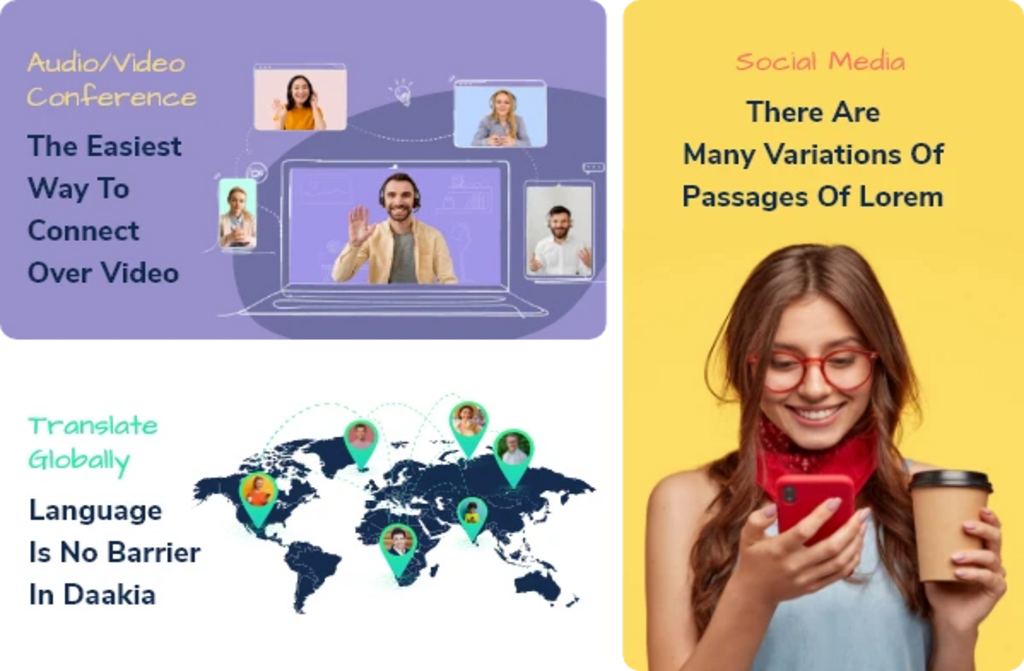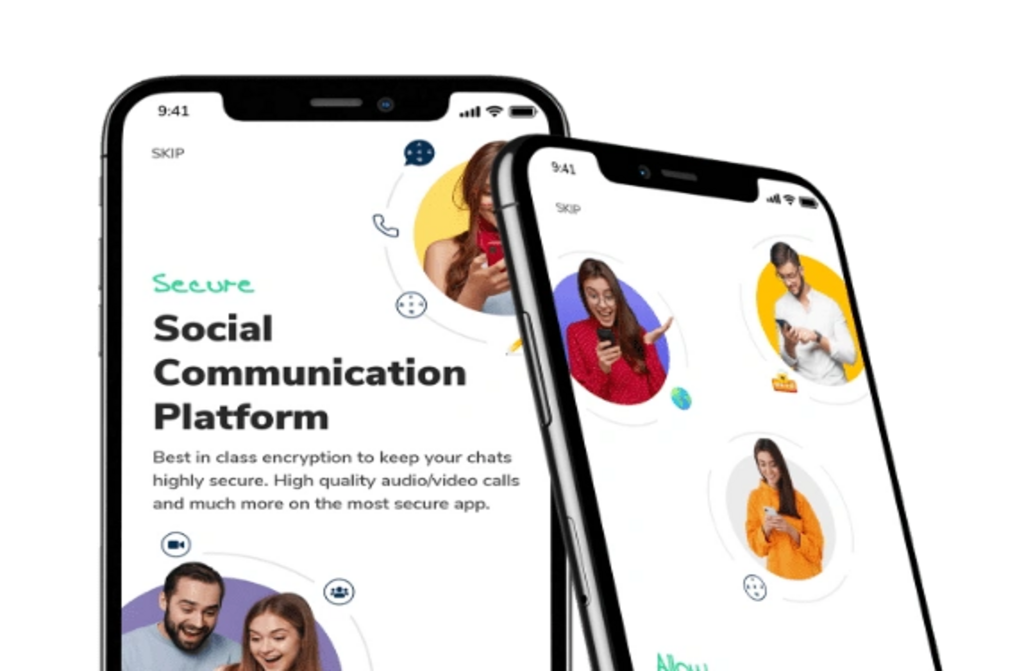In a world where technology has taken center stage, most companies depend heavily on secure video conferencing so that they can have effective communication, coordination, and decision-making. However, since data protection concerns have become more common, it is more important than ever to select the most secure video conferencing software. Companies should consider a range of factors, including encryption levels, compatibility with security law, and the prevailing security features, to ensure that they protect sensitive business information when conducting virtual conferences.
This article will guide you through the process of how to choose a video conferencing tool that will facilitate smooth communication and is in line with the security needs of your corporation.
Why Security Matters In Video Conferencing
Business houses must make sure that their video conferencing system provides sufficient security against illegal access, data theft, and tapping since the incidence of cyberattacks is increasing. Only authorized employees can access meeting documents due to encrypted video conferencing, which resists private business discussions falling into the wrong hands.
Businesses benefit from a secure video conferencing solution in the following ways:
- Prevent unwanted access.
- Securing sensitive data.
- Follow data protection legislation; keep things confidential and simple to communicate.
Most Important Things to Remember When Choosing a Secure Video Conferencing Platform
1. End-to-End Encryption (E2EE)
Secure online meetings require encryption. To prevent third parties from tapping in, end-to-end encryption ensures that information is encrypted on the sending device and decrypted on the receiving device only.
Make sure that the best video conferencing software has end-to-end encryption for chat, audio, and video conferencing discussions.
2. Adherence to Security Standards
Companies dealing with sensitive information have to follow regulation guidelines. Find reputable video conferencing websites that follow guidelines such as,
- GDPR (General Data Protection Regulation)
- HIPAA (Health Insurance Portability and Accountability Act)
- ISO 27001 (International standard for information security management)
- SOC 2 (Service Organization Control certification)
Choosing a product that satisfies these compliance needs gives you assurance that your business is in line with industry compliance.
3. Authentication and Access Controls
To stop unwanted access, a secure video conferencing system needs to have robust authentication capabilities. To consider are,
- Two-Factor Authentication (2FA)
- Single Sign-On (SSO)
- Role-Based Access Controls (RBAC)
By restricting participation and attendance in meetings to only authorized personnel, these functionalities help firms manage who can participate.
4. Encrypted Video Conferencing Features
The most secure video conferencing companies have additional encryption-based security features beyond end-to-end encryption, including,
- Transit and at-rest data encryption
- Cloud storage to store meetings
- Secure sharing of documents and files
Before, during, and after the conference, all these factors guarantee that all information about the meeting is protected.
5. Usability and Integration Features
We must not compromise on usability in favor of security. Businesses need a secure video conferencing platform that offers:
- Simple-to-use interface for smooth adoption
- Cross-platform compatibility for mobile, desktop, and web applications
- Integration with current tools like Microsoft Teams, Slack, Google Workspace, and CRM systems.
A secure online meeting platform that is highly integrated enhances collaboration and productivity.
6. Advanced Security Features
Advanced security features like encryption need to be a part of secure video conferencing software.
- Meeting passcodes and waiting rooms to manage participant access
- Auto-locking meetings after a duration
- Watermarking to block screen recording leaks
- AI-powered anomaly detection to flag unusual activity
7. Scalability and Performance
Your business’s communication needs will also grow with your business. High-definition audio and video performance and scalability are the most important features that the best video conferencing software should have. Some of the most important considerations are,
- Large-scale meeting tolerance
- Always HD video quality
- Low latency with minimal disruption
- Load balancing and cloud infrastructure for seamless connectivity
8. Cost and Licensing Models
Cost is an important aspect in choosing a secure video conferencing solution. Some vendors provide:
- Free versions with minimal security features
- Tiered pricing for added security and compliance
- Enterprise plans with custom security solutions
Select the plan you want to ensure it meets cost and security needs.
Top Secure Video Conferencing Software for Businesses
The best video conferencing software solutions that prioritize security are the following:
1. Daakia
- AI-based secure online meetings
- End-to-end encrypted video meetings
- Secure file sharing and real-time collaboration tools
2. Zoom for Business
- End-to-end encryption (E2EE)
- Secure waiting rooms and meeting controls
- Integration with enterprise security software
3. Microsoft Teams
- Enterprise-level authentication controls
- Multi-layer security and compliance
- Advanced data encryption in Microsoft 365
4. Cisco Webex
- Webex Secure Meetings end-to-end encryption
- AI-based security monitoring
- Advanced data protection and compliance features
5. Google Meet
- Google’s infrastructure secure by design
- Encryption in transit and encryption at rest
- Real-time security monitoring and alerts
Conclusion
Choosing the best secure video conferencing solution is key to protecting sensitive company data and ensuring compliance with data security legislation. Companies can pick the best video conferencing software for their needs by considering factors such as encryption, authentication, compliance, and user interface.
Buying a secure online meetings platform with advanced-level encryption and security capabilities is a forward-thinking step towards safeguarding company communication as cyber threats evolve. Making encrypted video conferencing one of your top priorities can assist you in maintaining productivity, confidentiality, and trust in the virtual workplace, no matter your size.





